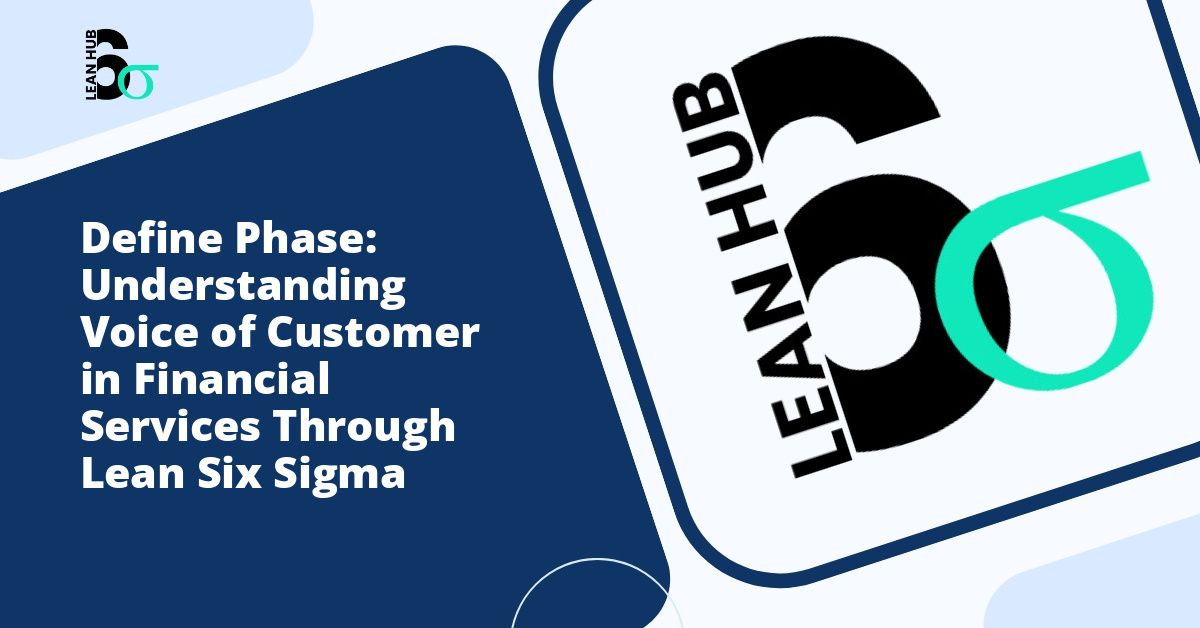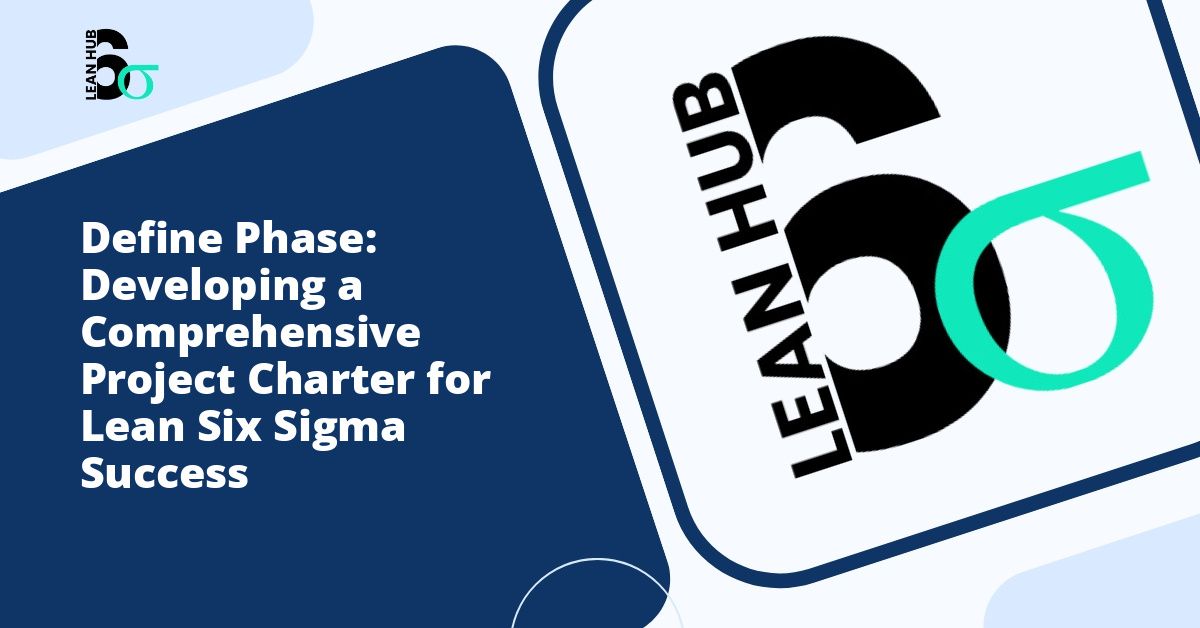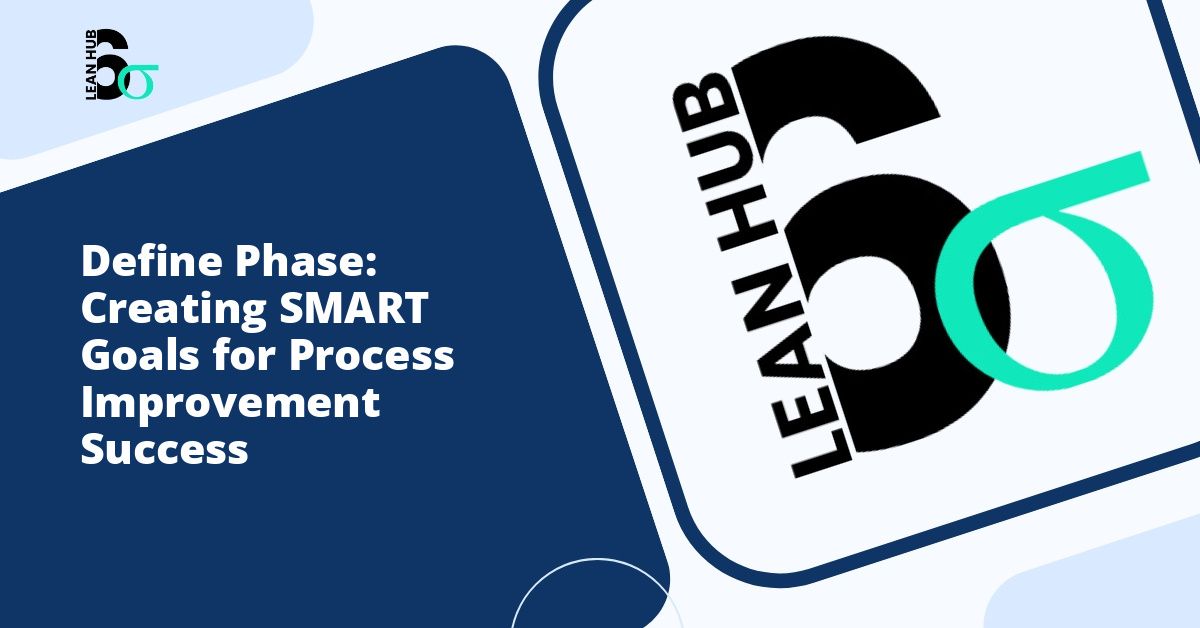The Define phase tollgate review represents a critical milestone in any Lean Six Sigma project. It serves as the gateway between project initiation and full-scale execution, ensuring that teams have properly established the foundation for success. Without a thorough and well-executed tollgate review, projects risk moving forward with unclear objectives, insufficient stakeholder alignment, or inadequate resource allocation.
This comprehensive guide will walk you through everything you need to know about conducting a successful Define phase tollgate review, complete with a practical checklist to ensure nothing falls through the cracks. You might also enjoy reading about How to Calculate ROI in the Define Phase: Building a Compelling Business Case for Lean Six Sigma Projects.
Understanding the Define Phase Tollgate Review
A tollgate review is a structured evaluation point within the DMAIC (Define, Measure, Analyze, Improve, Control) methodology. The Define phase tollgate specifically examines whether the project has been properly scoped, justified, and prepared for advancement to the Measure phase. Think of it as a quality control checkpoint that protects your organization from investing resources in poorly defined or misaligned initiatives. You might also enjoy reading about How to Get Executive Buy-In for Your Six Sigma Project During Define Phase.
During this review, project sponsors, champions, and key stakeholders evaluate the work completed during the Define phase. They assess whether the team has clearly articulated the problem, established measurable goals, and secured the necessary support to proceed. This critical evaluation prevents scope creep, resource waste, and project failure down the line. You might also enjoy reading about 10 Essential Define Phase Tools Every Six Sigma Practitioner Must Know.
Why the Define Phase Tollgate Matters
The importance of the Define phase tollgate review cannot be overstated. Research shows that projects with poorly defined objectives are three times more likely to fail than those with clear, well-documented goals. The tollgate review serves several essential purposes:
- Validates that the project aligns with organizational strategy and priorities
- Confirms that stakeholders understand and support the project objectives
- Ensures adequate resources have been allocated
- Verifies that the problem statement is specific, measurable, and actionable
- Establishes clear success criteria before significant resources are committed
- Provides an opportunity to course-correct before moving forward
Essential Components of a Define Phase Tollgate Review
Project Charter Review
The project charter serves as the cornerstone document for any Lean Six Sigma initiative. During the tollgate review, evaluators must confirm that the charter contains all necessary elements and that each component is clearly articulated. The charter should include the business case, problem statement, goal statement, project scope, team composition, timeline, and expected benefits.
Reviewers should pay particular attention to the specificity of the problem statement. Vague descriptions like “improve customer satisfaction” lack the precision needed for successful project execution. Instead, look for statements such as “reduce customer complaint resolution time from 5 days to 2 days for the Northeast region call center.”
SIPOC Diagram Evaluation
The SIPOC (Suppliers, Inputs, Process, Outputs, Customers) diagram provides a high-level process overview. This tool helps teams and reviewers recognize phase boundaries and understand the context within which the problem exists. During the tollgate review, verify that the SIPOC accurately represents the current state, includes all relevant stakeholders, and identifies the process steps that will be the focus of improvement efforts.
Voice of the Customer Analysis
Understanding customer requirements forms a fundamental aspect of Lean Six Sigma projects. The Define phase should include documented evidence of customer feedback, whether collected through surveys, interviews, complaint data, or other methods. Tollgate reviewers must confirm that the team has genuinely captured the voice of the customer and translated these inputs into specific, actionable requirements.
Complete Tollgate Review Checklist
Documentation and Deliverables
- Project charter is complete and approved by the sponsor
- Problem statement clearly defines the issue, its impact, and current performance levels
- Goal statement includes specific, measurable targets with timelines
- Business case demonstrates financial or strategic justification
- SIPOC diagram accurately reflects the process under investigation
- Team roles and responsibilities are clearly defined
- Project timeline includes realistic milestones for each DMAIC phase
- Stakeholder analysis identifies all affected parties and their level of influence
Scope and Boundaries
- Project scope is clearly defined with explicit in-scope and out-of-scope elements
- Boundaries prevent scope creep while remaining broad enough to address the root causes
- Constraints and assumptions are documented
- The project does not duplicate other ongoing improvement initiatives
- Geographic, temporal, or departmental boundaries are specified
Alignment and Support
- Project aligns with organizational strategic objectives
- Executive sponsor is identified and committed
- Required resources (people, time, budget) have been allocated
- Key stakeholders have been briefed and support the project
- Potential barriers to success have been identified with mitigation plans
- Communication plan is established for keeping stakeholders informed
Team Readiness
- Team members have the necessary skills or training plans are in place
- Time commitments from team members are secured
- Team has access to required tools, software, and resources
- Roles include a qualified Belt (Green Belt, Black Belt, or Master Black Belt)
- Subject matter experts are available to provide process knowledge
Conducting the Tollgate Review Meeting
The tollgate review meeting itself requires careful planning and execution. Schedule the review well in advance, allowing reviewers time to examine documentation beforehand. The meeting typically lasts between 60 and 90 minutes, though complex projects may require additional time.
The project leader should prepare a presentation that walks reviewers through each deliverable from the Define phase. This is not merely a formality but an opportunity for meaningful dialogue about the project direction. Encourage reviewers to ask probing questions and raise concerns. A robust review that surfaces issues early prevents much larger problems later.
Possible Tollgate Outcomes
Following the review, the tollgate can result in three possible outcomes. First, the project may receive full approval to proceed to the Measure phase without modifications. Second, the project may receive conditional approval, requiring specific revisions before advancement. Third, the project may be rejected or placed on hold due to fundamental issues with scope, alignment, or resource availability.
Each outcome provides value to the organization. Even a rejected project represents a success for the tollgate process, as it prevents wasted resources on an ill-conceived initiative. Teams should view conditional approvals as opportunities to strengthen their project foundation rather than as setbacks.
Best Practices for Tollgate Success
Several best practices can significantly improve the effectiveness of your Define phase tollgate reviews. First, maintain consistency in your evaluation criteria across all projects. This creates fairness and helps project teams understand expectations. Second, ensure that reviewers have appropriate Lean Six Sigma knowledge to provide meaningful feedback. Third, document the review outcome and any required actions in writing to prevent misunderstandings.
Additionally, create a supportive atmosphere during the review. The goal is not to critique the team but to ensure project success. Frame feedback constructively and recognize phase accomplishments even when requesting modifications. This approach encourages transparency and continuous improvement within your organization’s project culture.
Moving Forward After Tollgate Approval
Once your Define phase tollgate review is complete and approved, the project officially advances to the Measure phase. Take time to address any conditional requirements from the review before diving into measurement activities. Update your project charter and related documentation to reflect any agreed-upon modifications. Communicate the tollgate outcome to stakeholders, reinforcing their confidence in the structured approach your organization takes to improvement initiatives.
The discipline and rigor demonstrated during the Define phase tollgate review sets the tone for the entire project. By investing time in this critical checkpoint, you dramatically increase the likelihood of project success and create a foundation for sustainable process improvement.
Conclusion
A successful Define phase tollgate review requires thorough preparation, clear deliverables, and meaningful engagement from stakeholders and reviewers. By following the comprehensive checklist provided in this guide, you can ensure that your Lean Six Sigma projects begin with a solid foundation. Remember that the tollgate is not an obstacle but an enabler of success, protecting your organization’s resources while supporting the teams working to drive improvement. Implement these practices consistently, and you will see improved project outcomes, better stakeholder alignment, and more efficient use of improvement resources across your organization.








